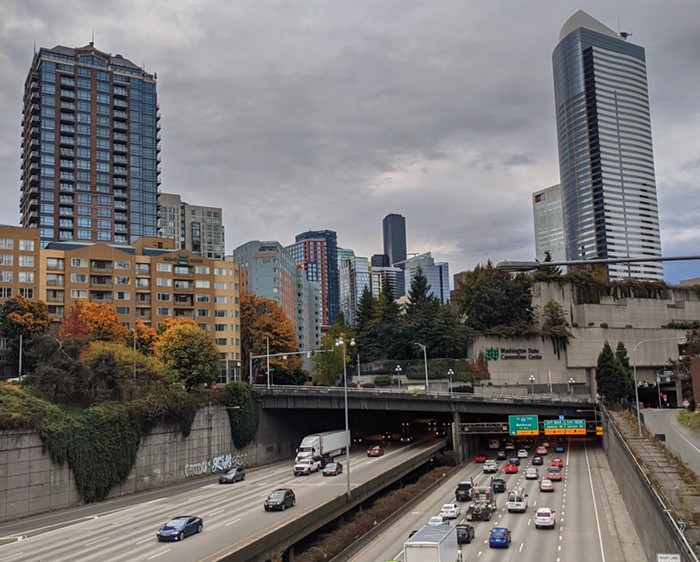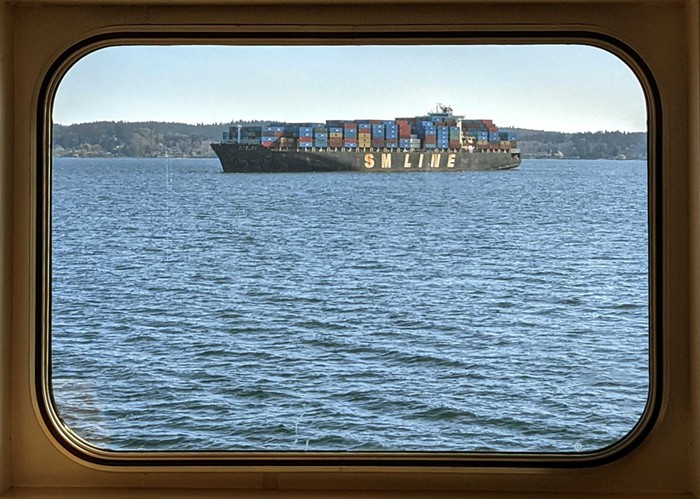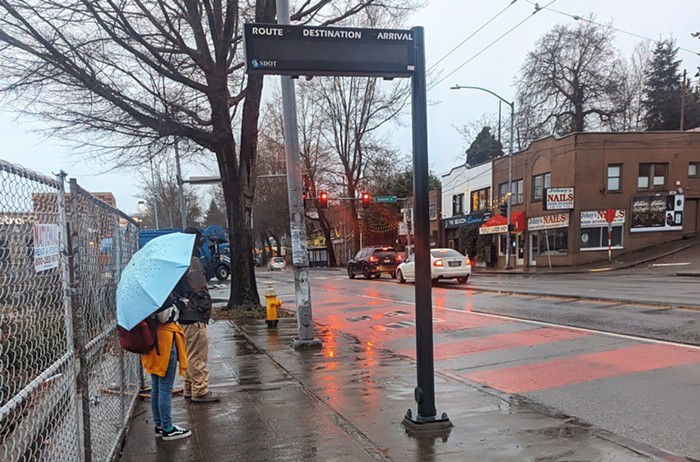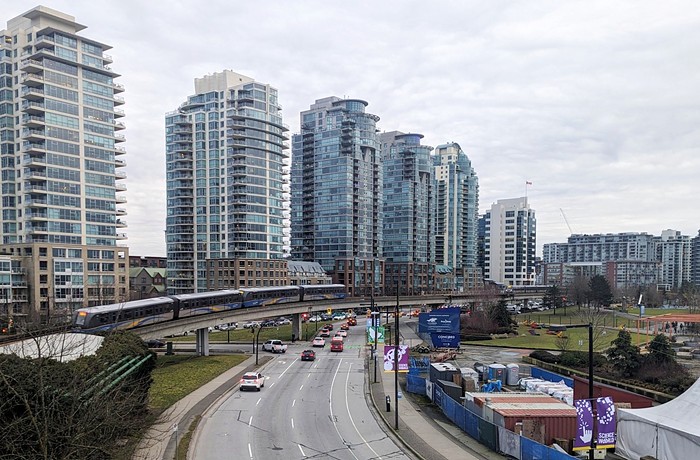
We could all be zipping around Puget Sound on futuristic foil-based ferries soon, thanks to a federal grant that will help Kitsap County develop some truly weird-looking boats that look like (but are not actually) machines that fly above the water held aloft by telephone poles.
Hydrofoils, as the vessels are called, are a decades-old technology that basically balances the boat on airplane-wing-shaped structures that help them lift higher in the water. There’ve been some recent advances that make them more economically feasible and environmentally friendly, which is why the Federal Transit Administration just awarded the oddly specific amount of $372,910 for the county to create a new generation of 150-passenger vessels that could get you from Seattle to the islands and beyond as soon as 2023.
One of the big new innovations here is that the new designs will be constructed out of carbon fiber, like a bicycle (because we haven’t compared these things to other forms of transportation enough yet). That’ll be combined with new battery technology to make the boats more efficient than was possible in the past, and Kitsap Transit is happily referring to them as “zero emissions.”
But are they really zero-emission? Pinpointing the exact environmental impact of the vessels is tricky. Yes, the batteries will not emit exhaust, unlike the diesel-powered boats currently clogging up our air. But the process of manufacturing batteries is itself environmentally unfriendly, and the electricity that fills them up has to come from SOMEWHERE.
If a battery-powered ferry was to be charged in Seattle right now, it would use Seattle City Light, which is a little more than 90% renewable. (One percent comes from coal, another one percent from natural gas, and there’s some nuclear power in the mix.) Washington state has a mandate to be on 100% carbon-neutral power by 2030, and carbon-free by 2045. But until then (and assuming those targets are actually hit), even “zero emissions” boats will be responsible for some emissions somewhere else.
So with vessel design expected to be complete by 2021, and construction of the first new ferry roughly targeted for 2023, where are the boats actually going to, you know, boat? Most likely, the first route where you’ll see it is Bremerton-Seattle, which currently uses an older foil-assisted ferry. But there are plenty of other routes around the region where these vessels could fit, so if they can truly deliver on all the promises (smoother ride, fewer emissions, more fuel-efficient, less impact on marine life) we could see them popping up all over.
That’s a big IF, though. If the last few months have taught us anything, it’s that attempts to predict the future will be undone by strange and sometimes horrifying surprises. So like flying cars, I’ll believe in sort-of-flying future-boats when I actually see one. Until then, I’ve got a bunch of palm trees to lash together with some rope I made out of tall grasses.



















